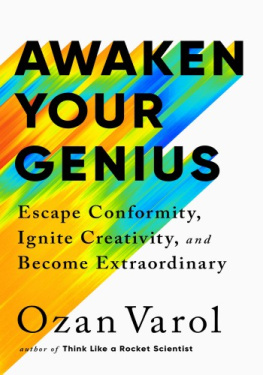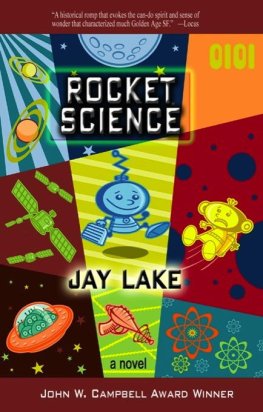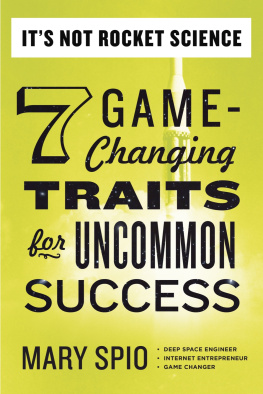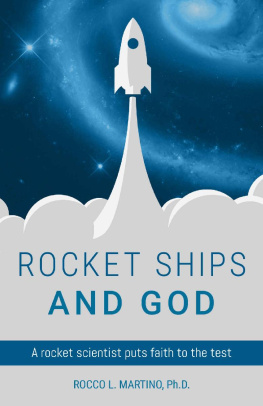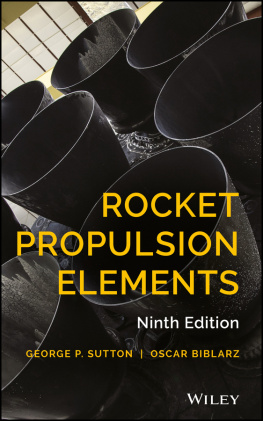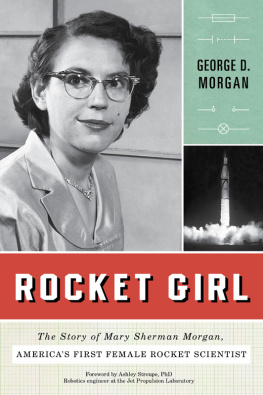Ozan Varol - Think Like a Rocket Scientist
Here you can read online Ozan Varol - Think Like a Rocket Scientist full text of the book (entire story) in english for free. Download pdf and epub, get meaning, cover and reviews about this ebook. year: 2020, publisher: PublicAffairs, genre: Romance novel. Description of the work, (preface) as well as reviews are available. Best literature library LitArk.com created for fans of good reading and offers a wide selection of genres:
Romance novel
Science fiction
Adventure
Detective
Science
History
Home and family
Prose
Art
Politics
Computer
Non-fiction
Religion
Business
Children
Humor
Choose a favorite category and find really read worthwhile books. Enjoy immersion in the world of imagination, feel the emotions of the characters or learn something new for yourself, make an fascinating discovery.

- Book:Think Like a Rocket Scientist
- Author:
- Publisher:PublicAffairs
- Genre:
- Year:2020
- Rating:5 / 5
- Favourites:Add to favourites
- Your mark:
- 100
- 1
- 2
- 3
- 4
- 5
Think Like a Rocket Scientist: summary, description and annotation
We offer to read an annotation, description, summary or preface (depends on what the author of the book "Think Like a Rocket Scientist" wrote himself). If you haven't found the necessary information about the book — write in the comments, we will try to find it.
Think Like a Rocket Scientist — read online for free the complete book (whole text) full work
Below is the text of the book, divided by pages. System saving the place of the last page read, allows you to conveniently read the book "Think Like a Rocket Scientist" online for free, without having to search again every time where you left off. Put a bookmark, and you can go to the page where you finished reading at any time.
Font size:
Interval:
Bookmark:
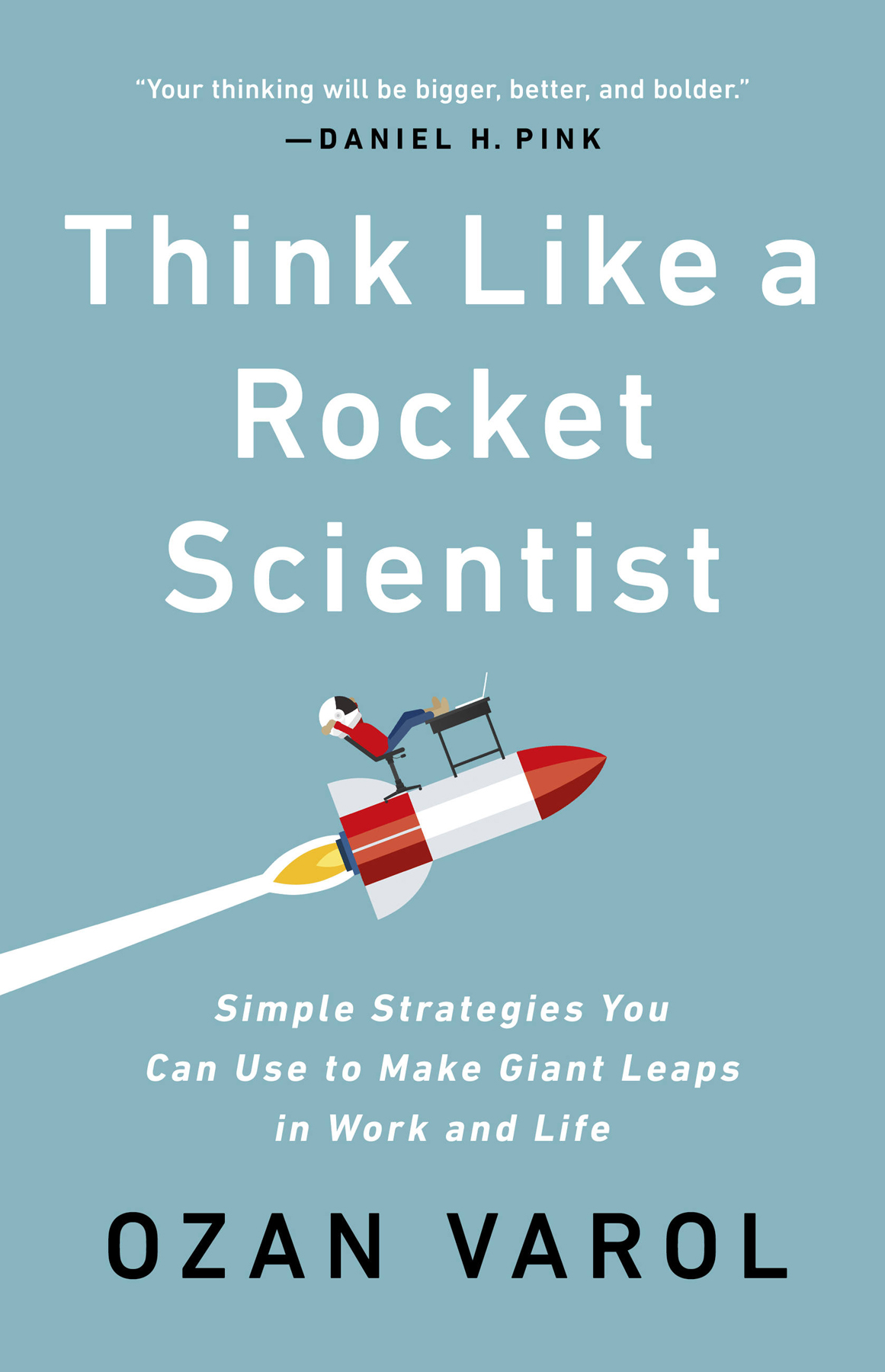
Copyright 2020 by Ozan Varol
Cover design by Pete Garceau
Cover image copyright iStock/Getty Images
Cover copyright 2020 Hachette Book Group, Inc.
Hachette Book Group supports the right to free expression and the value of copyright. The purpose of copyright is to encourage writers and artists to produce the creative works that enrich our culture.
The scanning, uploading, and distribution of this book without permission is a theft of the authors intellectual property. If you would like permission to use material from the book (other than for review purposes), please contact permissions@hbgusa.com. Thank you for your support of the authors rights.
PublicAffairs
Hachette Book Group
1290 Avenue of the Americas, New York, NY 10104
www.publicaffairsbooks.com
@Public_Affairs
First Edition: April 2020
Published by PublicAffairs, an imprint of Perseus Books, LLC, a subsidiary of Hachette Book Group, Inc. The PublicAffairs name and logo is a trademark of the Hachette Book Group.
The Hachette Speakers Bureau provides a wide range of authors for speaking events. To find out more, go to www.hachettespeakersbureau.com or call (866) 376-6591.
The publisher is not responsible for websites (or their content) that are not owned by the publisher.
Library of Congress Cataloging-in-Publication Data
Names: Varol, Ozan O., 1981author.
Title: Think like a rocket scientist : simple strategies you can use to make giant leaps in work and life / Ozan Varol.
Identifiers: LCCN 2019041750 | ISBN 9781541762596 (hardcover) | ISBN 9781541762619 (ebook)
Subjects: LCSH: Creative ability in business. | Creative ability. | Scientific ability.
Classification: LCC HD53 .V37 2020 | DDC 650.1dc23
LC record available at https://lccn.loc.gov/2019041750
ISBNs: 978-1-5417-6259-6 (hardcover), 978-1-5417-6261-9 (ebook), 978-1-5417-5710-3 (international)
E3-20200317-JV-NF-ORI
To Kathy, my cosmic constant
Discover Your Next Great Read
Get sneak peeks, book recommendations, and news about your favorite authors.

Explore book giveaways, sneak peeks, deals, and more.

I N SEPTEMBER 1962 , President John F. Kennedy stood before a packed Rice University stadium and pledged to land a man on the Moon and return him safely to the Earth before the decade was out. It was an incredibly ambitious promisethe original moonshot.
When Kennedy gave his speech, numerous technological requirements for a Moon landing hadnt even been developed. No American astronauts had worked outside a spacecraft.
Getting into orbit around the Moonnot to mention landing on itrequired mind-blowing precision. It was like throwing a dart at a peach twenty-eight feet away and scraping the fuzz without touching the body.
Yes, even the metals needed to build the rocket hadnt been invented.
We jumped into the cosmic void and hoped we would grow wings on the way up.
Miraculously, the wings sprouted. In 1969, less than seven years after Kennedys pledge, Neil Armstrong took his giant leap for mankind. A child who was six years old when the Wright brothers took their first powered flightlasting all of twelve seconds and moving 120 feetwould have been seventy-two when flight became powerful enough to put a man on the Moon and return him safely to the Earth.
This giant leaptaken within a human lifespanis often hailed as the triumph of technology. But its not. Rather, its the great triumph of a certain thought process rocket scientists used to turn the impossible into the possible. Its the same thought process that has allowed these scientists to score dozens of interplanetary holes in one with supersonic spacecraft, sending them millions of miles through outer space and landing them on a precise spot. Its the same thought process that brings humanity closer and closer to colonizing other planets and becoming an interplanetary species. And its the same thought process that will make affordable commercial space tourism the new norm.
To think like a rocket scientist is to look at the world through a different lens. Rocket scientists imagine the unimaginable and solve the unsolvable. They transform failures into triumphs and constraints into advantages. They view mishaps as solvable puzzles rather than insurmountable roadblocks. Theyre moved not by blind conviction but by self-doubt; their goal is not short-term results but long-term breakthroughs. They know that the rules arent set in stone, the default can be altered, and a new path can be forged.
Some of the insights Ill share in this book are common to all sciences. But the ideas assume a grander scale in rocket science given the stakes involved. With every launch, hundreds of millions of dollarsand for human spaceflight, numerous livesare at stake.
At its core, a rocket launch is the controlled explosion of a small nuclear bombcontrolled being the operative word. A rocket burns with unbelievable fury. One wrong step, one miscalculation, and you can expect the worst. There are a thousand things that can happen when you go to light a rocket engine, explains SpaceX propulsion chief Tom Mueller, and only one of them is good.
Everything we take for granted on Earth is turned on its head in space, literally and metaphorically. There are countless points of potential failure in sending delicate spacecraftmade up of millions of parts and hundreds of miles of wiringbarreling through the unforgiving environment of space. When something breaks, as it inevitably does, rocket scientists must isolate the signal from the noise and home in on the potential culprits, which may be in the thousands. Whats worse, these problems often occur when the spacecraft is beyond human reach. You cant just pop the hood and have a look inside.
In the modern era, rocket-science thinking is a necessity. The world is evolving at dizzying speed, and we must continuously evolve with it to keep pace. Although not everyone aspires to calculate burn-rate coefficients or orbital trajectories, we all encounter complex and unfamiliar problems in our daily lives. Those who can tackle these problemswithout clear guidelines and with the clock tickingenjoy an extraordinary advantage.
Despite its tremendous benefits, we often assume that thinking like a rocket scientist is beyond the ability of mere mortals without a special kind of genius (hence the common saying Its not rocket science). We identify with Elton Johns Rocket Man, who, despite being selected for a Mars mission, laments about all this science I dont understand.
This book wont teach you relativity or the intricate details of rocket propulsionin other words, the science behind rocket science. You wont find any graphs on these pages. No aptitude for crunching numbers is required. Lurking behind the elusive subject of rocket science are life-changing insights on creativity and critical thinking that anyone can acquire without a PhD in astrophysics. Science, as Carl Sagan put it, is a way of thinking much more than it is a body of knowledge.
You wont be a rocket scientist by the end of this book. But youll know how to think like one.
Font size:
Interval:
Bookmark:
Similar books «Think Like a Rocket Scientist»
Look at similar books to Think Like a Rocket Scientist. We have selected literature similar in name and meaning in the hope of providing readers with more options to find new, interesting, not yet read works.
Discussion, reviews of the book Think Like a Rocket Scientist and just readers' own opinions. Leave your comments, write what you think about the work, its meaning or the main characters. Specify what exactly you liked and what you didn't like, and why you think so.

